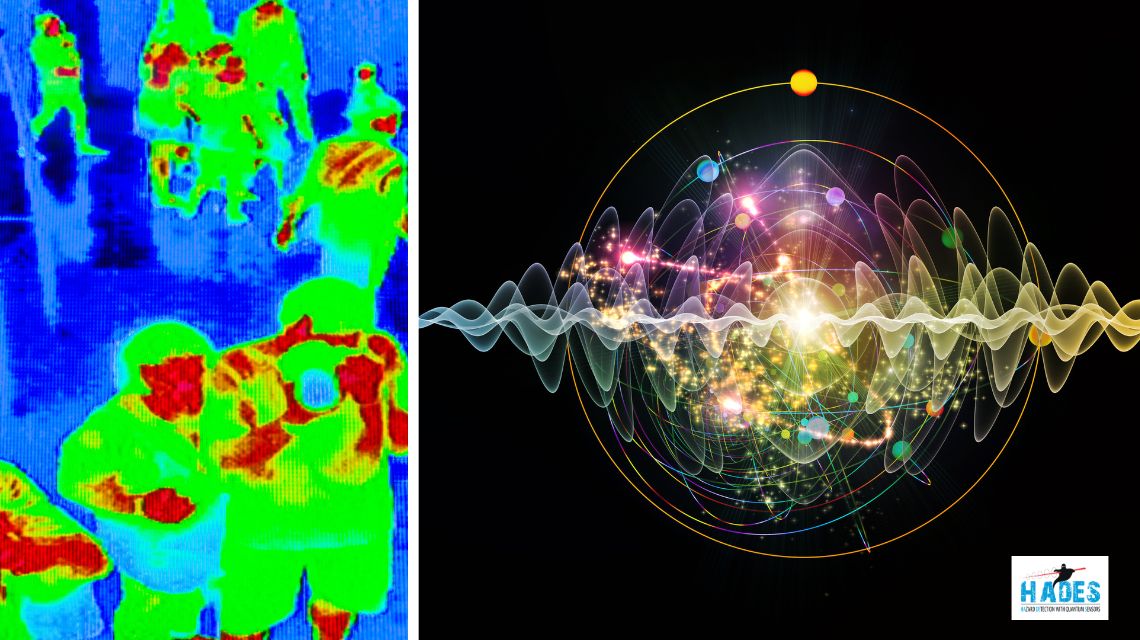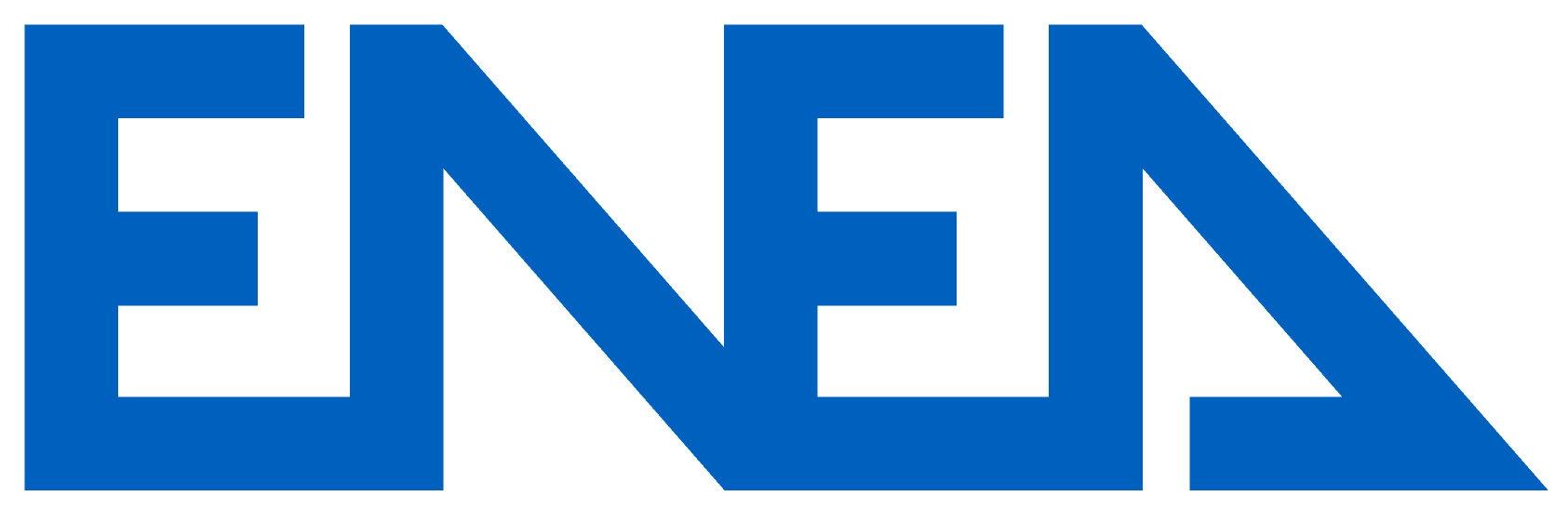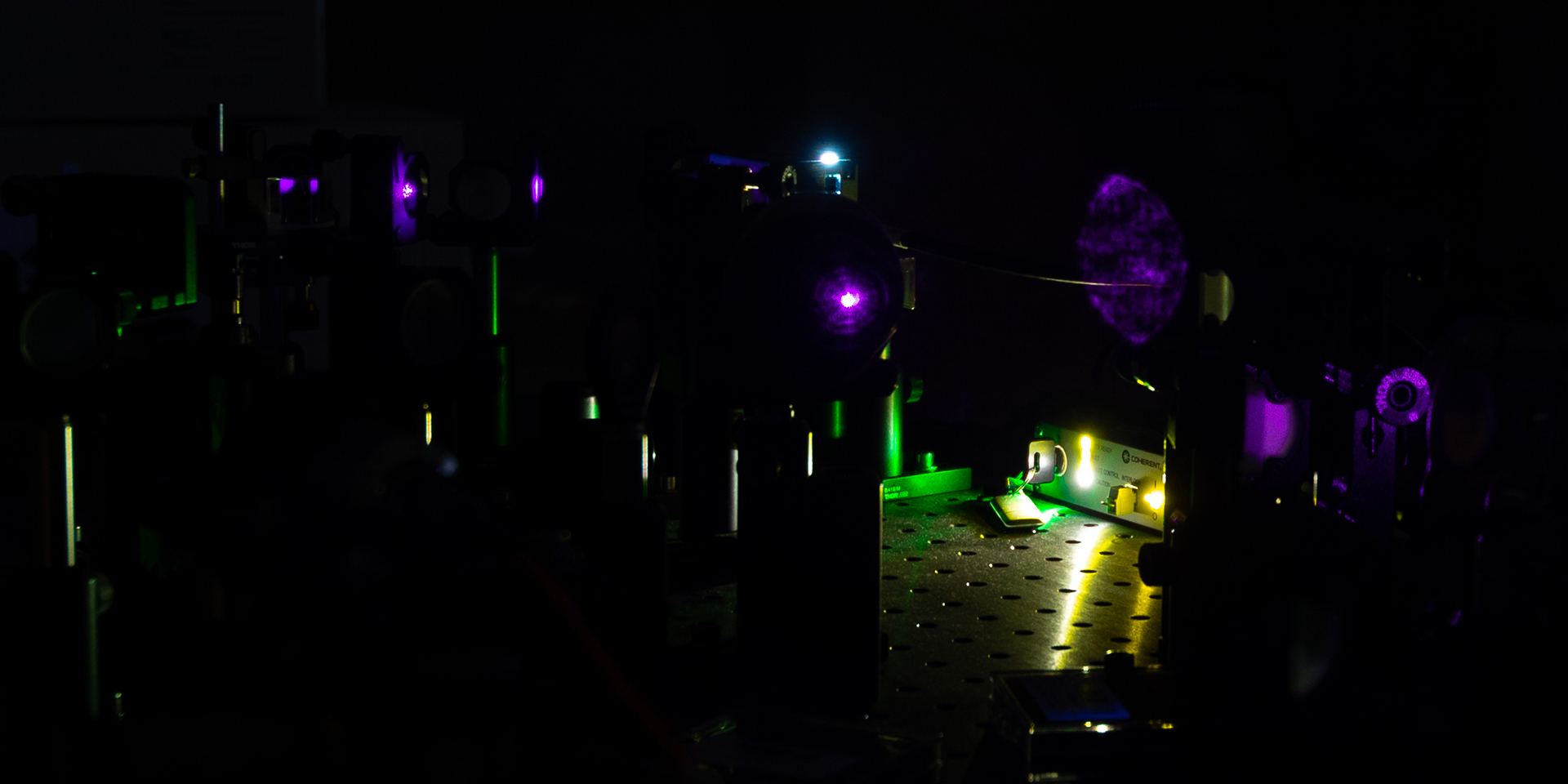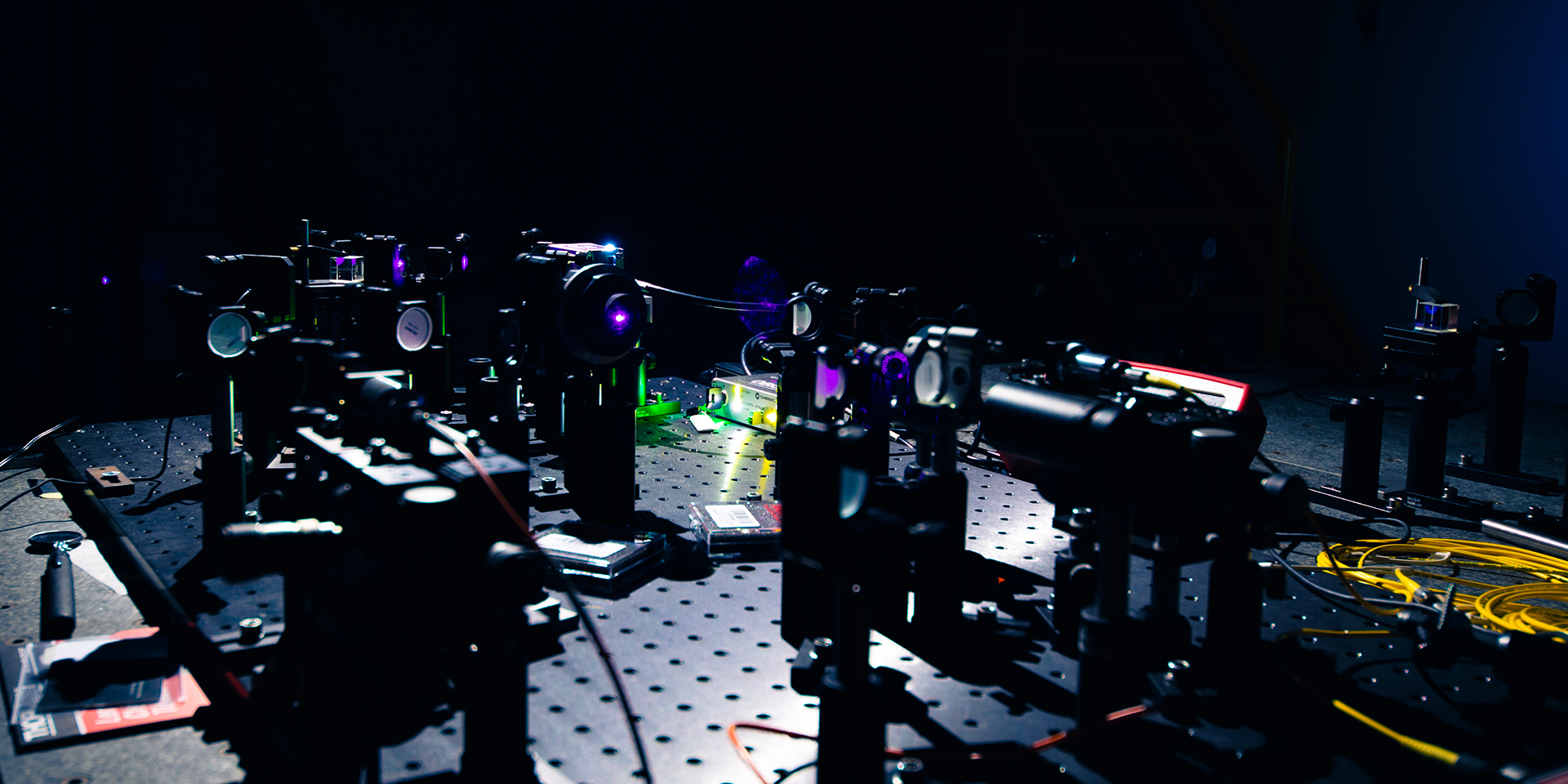Italian National Agency for New Technologies, Energy and Sustainable Economic Development

Security: From ENEA and NATO innovative technologies to counter chemical, biological, radiological and nuclear (CBRN) threats
Detecting chemical, biological, radiological and nuclear (CBRN) threats remotely and in real time thanks to next-generation quantum sensors[1] - which offer more precise and reliable readings and need fewer resources than traditional sensors - are the outcomes of the project HADES [2], coordinated by ENEA and funded by the NATO Science for Peace and Security (SPS) program comprising the NATO Defense College Foundation, the Universities of Roma Tre and Geneva and the companies Nucleco and Inov8 System.
Specifically, ENEA has developed a quantum spectrometer[3], i.e. an innovative device capable of locating, characterizing, and counting photons that have never interacted with the target, identifying the properties of various potential threats in the infrared, including harmful liquids and gases.
Quantum sensors offer more precise readings[4], even at low radiation fluxes and with small amounts of sample[5], than traditional sensors.
The outcomes of the research conducted open new perspectives in the remote identification and localization of potential threats[6] in the defense sector and for a wide range of applications in different industrial segments: from medical to chemical-pharmaceutical, from energy to transportation and Space.
“Quantum sciences and technologies are one of the most promising areas of science internationally, especially in the security sector, where we have also been working on the development of a roadmap for Quantum Sensing,” pointed out Andrea Chiuri of the ENEA Diagnostics and Metrology Laboratory. “In addition, by exploiting in a controlled way the properties of quantum particles like photons, it is possible to make sensors and instruments for measuring various physical quantities with great accuracy, also useful in the biomedical sector thanks to the possibility of working with low radiation fluxes and without damaging the sample.”
As part of the project, tests were also conducted on actual solid, liquid and gaseous targets, including Volatile Organic Compounds (VOCs), which are specific chemical compounds that evaporate in the amosphere at room temperature and can pose a risk to human health. The experimentation conducted was proof of the validity of the approach in terms of reliability, sensitivity, stability and accuracy.
In the role of end users, in addition to Nucleco, Inov8 System and the Nato Defence College Foundation, professors of the Universities of Milan, Paderborn, Darmstadt and Berlin (Germany) and researchers from the INRIM were involved.
Notes
[1] A quantum sensor is a device that uses the laws of quantum physics to make measurements. Quantum physics is a part of science that studies the behavior of the smallest particles in the Universe.
[2] HADES - HAzard DEtection with Quantum Sensors.
[3] A classical spectrometer is a device used for obtaining information to identify a substance. The spectrometer collects light, breaks it down into its various colors, or wavelengths, and measures its intensity. This creates a spectrum, which is like a unique “signature” of the analysed light. Every substance has a unique spectral signature.
[4] A. Chiuri, et al., Ghost imaging as loss estimation: Quantum versus classical schemes, Phys. Rev. A 105, 013506 (2022.
[5] A. Chiuri, M. Barbieri, I. Venditti, F. Angelini, C. Battocchio, M. G. A. Paris, and I. Gianani, Fast remote spectral discrimination through ghost spectrometry, Phys. Rev. A 109, 042617 (2024).
[6] A. Chiuri, M. Barbieri, I. Venditti, F. Angelini, C. Battocchio, M. G. A. Paris, and I. Gianani, Fast remote spectral discrimination through ghost spectrometry, Phys. Rev. A 109, 042617 (2024).
Scientific publications in international journals
A. Chiuri, et al., Ghost imaging as loss estimation: Quantum versus classical schemes, Phys. Rev. A 105, 013506 (2022)
Which demonstrated the metrological advantage of the quantum approach over the traditional approach.
A. Chiuri, et al.,Quantum Ghost Imaging Spectrometer, ACS Photonics 10, 12, 4299–4304 (2023)
This work was the first experimental demonstration of a possible use of quantum technologies developed with HADES for hyperspectral measurements, which can obtain information regarding the location of a potential threat and its identification.
A. Chiuri, M. Barbieri, I. Venditti, F. Angelini, C. Battocchio, M. G. A. Paris, and I. Gianani, Fast remote spectral discrimination through ghost spectrometry, Phys. Rev. A 109, 042617 (2024)
This paper demonstrated the possibility of identifying a potential threat using very little resources, i.e., detected photons, which is peculiar of the implemented quantum approach.
International conferences
A. Chiuri et al, oral presentation at EPIC RoundTable at OPTRO: Smart Optronic Detectors for Challenging Targets, Palais des Congrès – Versailles 10 Giugno 2022
A. Chiuri et al, invited oral presentation at final meeting of the BRIC2019-ID07 project - An integrated array of fixed and mobile sensors for dynamical spatio-temporal mapping of volatile compounds in work environments, INFN LNF Frascati (RM), 21 Feb 23
A. Chiuri et al, Invited oral presentation at the workshop DEUPAS "Ultrasensitive monitoring of VOCs and pathogens by spectroscopy - Innovative solutions and sensor systems for air-quality monitoring'', INFN LNF Frascati (RM), July 4th-5th, 2023
A. Chiuri et al / S. Neves et al, oral contributions @ the final meeting of the Stormytune FET project Gaeta 19.06.24
A. Chiuri et al oral contribution accepted @ ICDTF Frascati 21-23 October 2024


